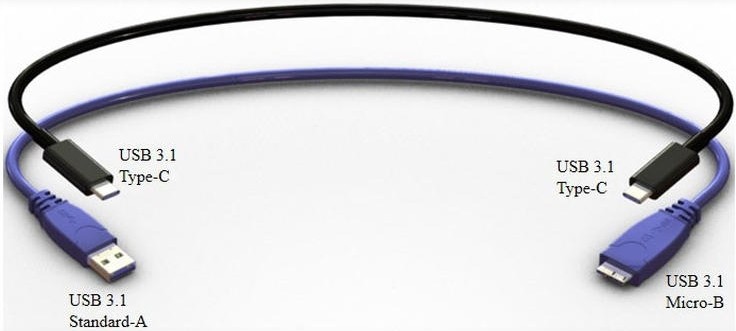The UBS Implementers Forum has settled on the final design for the next USB cable and port. USB 3.1 Type-C was created with emerging product designs with smaller ports in mind and will deliver a number of improvements over existing cables and connectors.
Much like Apple's Lightning connector, the new Type-C connector will feature a symmetrical plug so there will be no upside-down confusion when it comes time to plug something in - a common complaint with existing USB implementations. What's more, the cable will be reversible end-to-end so it doesn't matter which end attaches to what device; it'll work all the same.
The connector itself is as thin as a micro-USB 2.0 connector and will likely replace the older style connector as well as the larger micro-USB 3.0 interface found in some devices like Samsung's Galaxy Note 3.
Not all of the changes are cosmetic, however, as the USB 3.1 specification will be faster as well. The current USB 3.0 connector can transfer data at up to 5Gbps (bits per second) while the Type-C connector doubles that to 10Gbps. It's still slower than the 20Gbps that Thunderbolt 2.0 is capable of but it's also cheaper and much more commonplace.
USB 3.1 Type-C will no doubt compete with another new spec from the standards body: MA-USB. This wireless standard was completed last month and is compliant with USB 2.0, USB 3.0 and USB 3.1. Best yet, it doesn't require any new hardware - just a driver update in most cases.
Of course, a wired connection like Type-C still has its advantages (like the ability to charge and power devices) so don't expect wireless to kill off corded implementations anytime soon.
Type-C is expected to be completed by July and will show up in devices by the end of the year.
